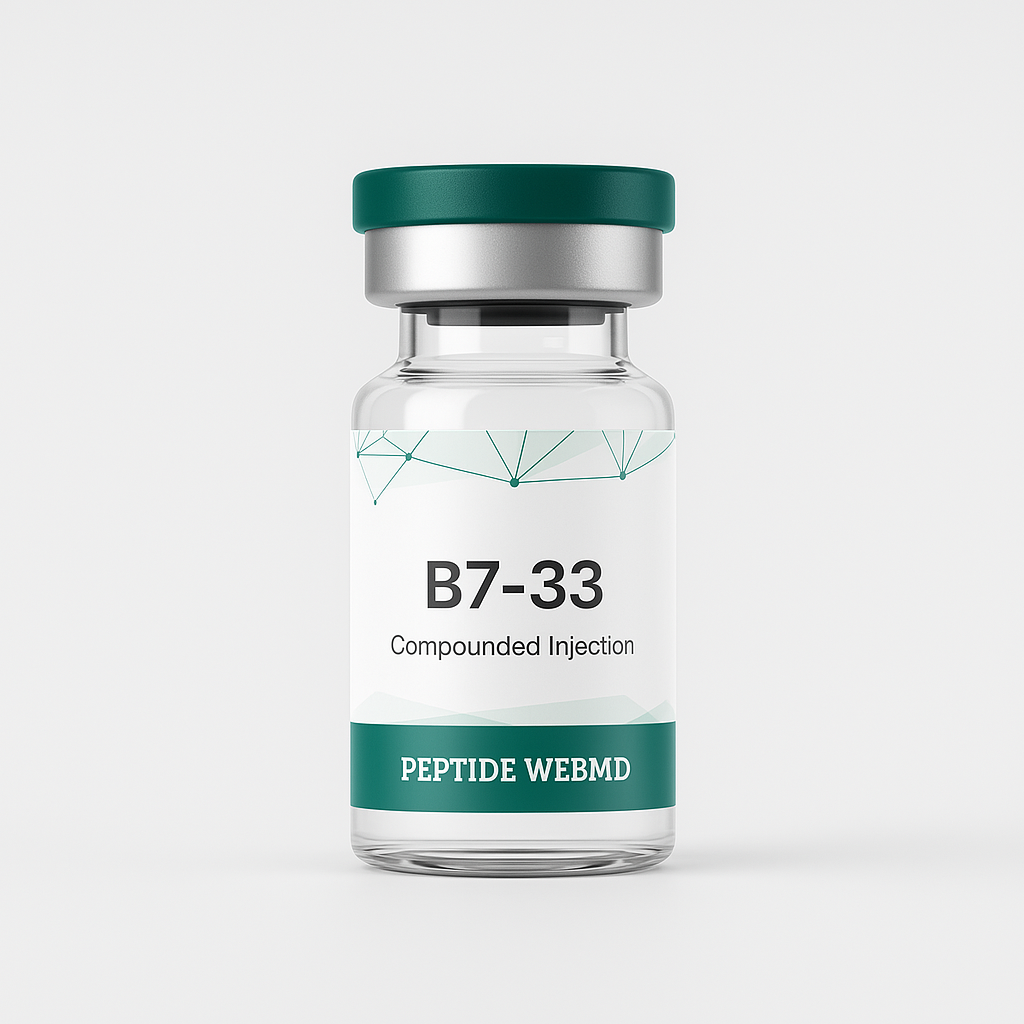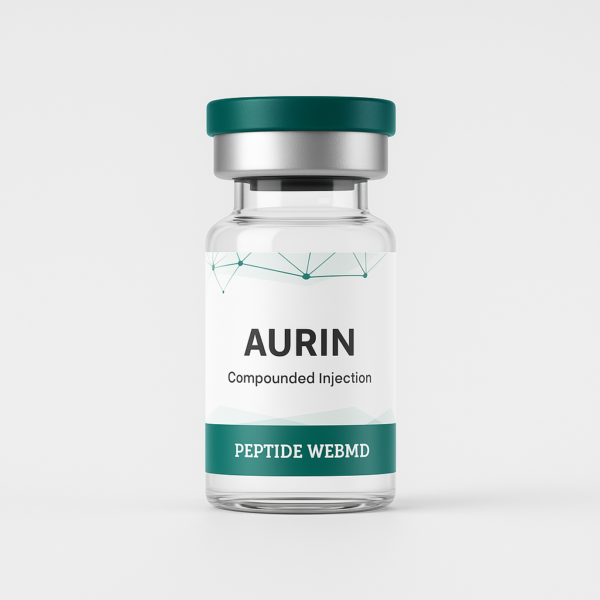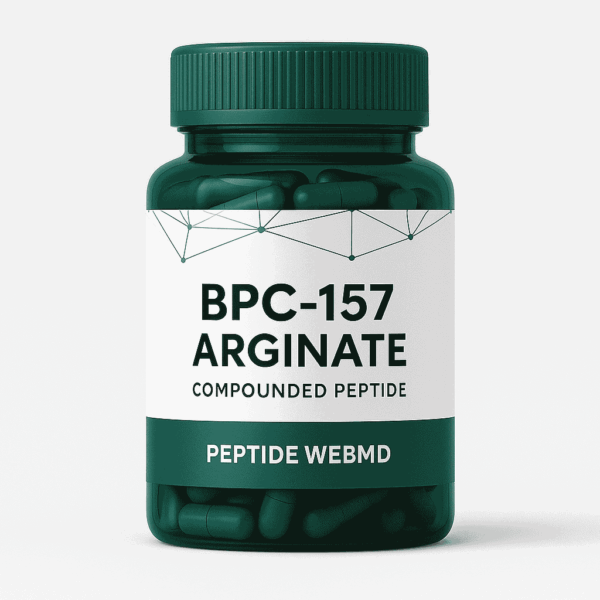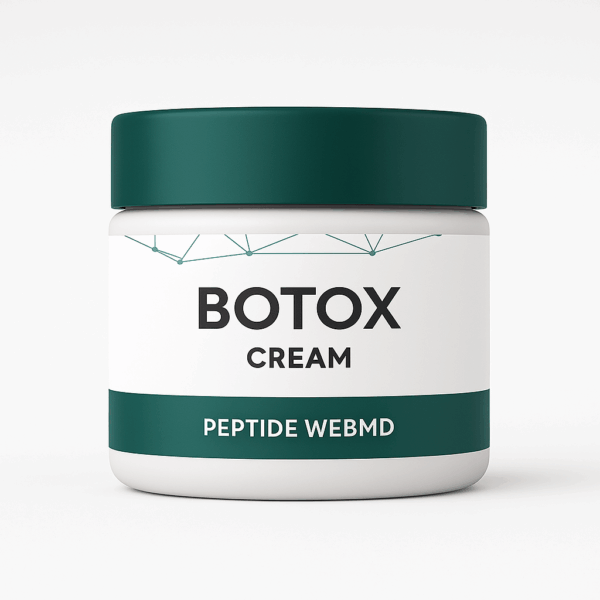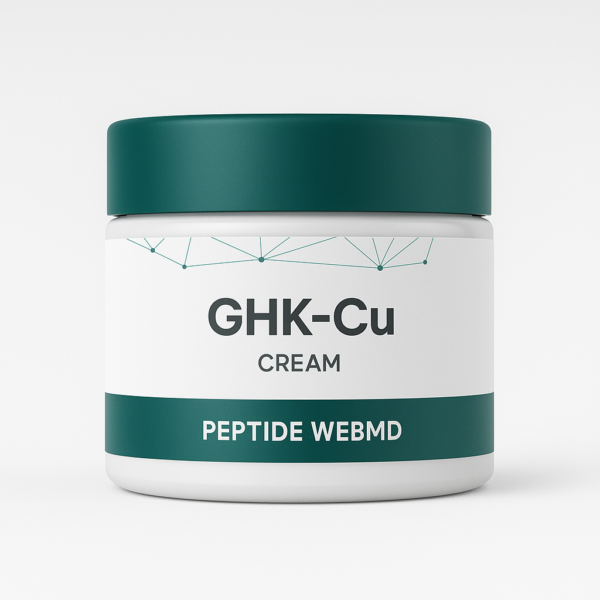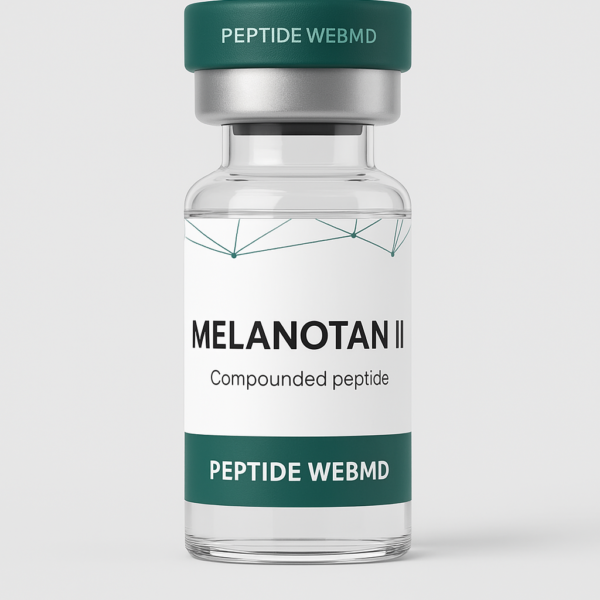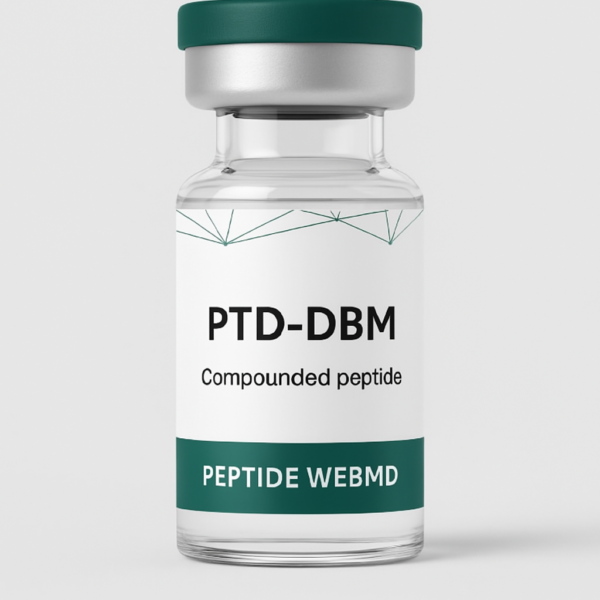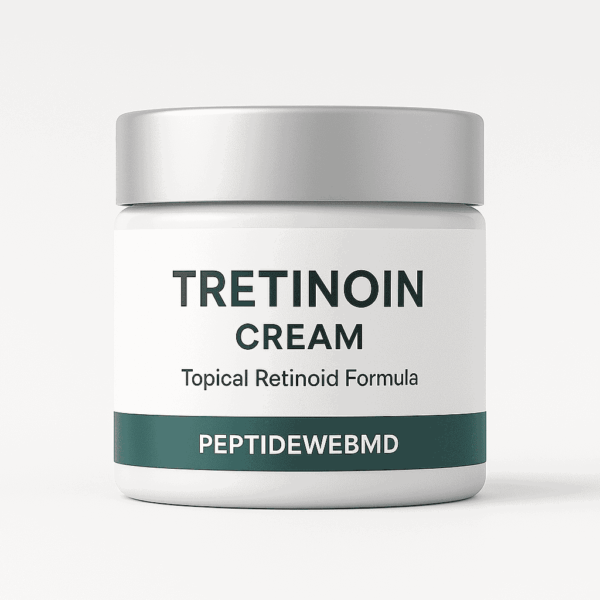B7-33
$77.00
B7-33 is a synthetic peptide derived from the human hormone relaxin-2, designed to mimic its beneficial effects while avoiding unwanted side effects. It functions as a selective RXFP1 receptor agonist and has shown promise in research related to anti-fibrosis, heart health, organ protection, and inflammation control. Unlike relaxin-2, B7-33 activates antifibrotic pathways without triggering excessive hormonal or reproductive responses. B7-33 is being studied for its potential in treating fibrosis, cardiovascular conditions, and inflammatory diseases. You can buy B7-33 online for research use from trusted peptide suppliers.
Key Benefits
- Anti-Fibrotic Action – Helps reduce fibrotic tissue buildup in organs such as the heart, lungs, liver, and kidneys.
- Cardiovascular Protection – May support heart function and reduce post-injury tissue scarring.
- Organ Healing Support – Encourages tissue remodeling and repair in inflammatory or fibrotic states.
- Low Hormonal Activity – Unlike native relaxin-2, B7-33 is non-reproductive and minimizes hormonal side effects.
- Anti-Inflammatory Effects – May contribute to the downregulation of inflammatory cytokines and immune overactivation.
Mechanism of Action
- B7-33 activates the RXFP1 receptor, a key target of relaxin-2, but in a biased manner to favor antifibrotic signaling.
- It selectively promotes ERK1/2 pathways that are involved in tissue protection and repair, while avoiding cAMP-mediated effects that lead to reproductive hormone stimulation.
- This mechanism allows for tissue-specific benefits, especially in organs affected by chronic inflammation or fibrosis, without systemic endocrine disruption.
Dosage Recommendations
- Typical Dosage – Research dosages vary depending on model, with general ranges between 100–500 mcg per day.
- Administration – Commonly administered via subcutaneous or intraperitoneal injection in animal studies.
- Cycling – Protocols vary based on the duration and severity of fibrosis or inflammation being studied.
Dosage Recommendations
- Typical Dosage – Research dosages vary depending on model, with general ranges between 100–500 mcg per day.
- Administration – Commonly administered via subcutaneous or intraperitoneal injection in animal studies.
- Cycling – Protocols vary based on the duration and severity of fibrosis or inflammation being studied.
Research and Studies
- Animal models have shown that B7-33 can reverse or slow the progression of fibrotic tissue buildup in the lungs, heart, and liver.
- Research suggests B7-33 may provide cardiovascular protection post-injury by promoting collagen remodeling and reducing tissue stiffening.
- Its unique action profile makes it safer for long-term study compared to relaxin-2 due to reduced hormonal side effects.
Possible Side Effects and Contraindications
- Common Side Effects – Minor injection site irritation has been reported in some research models.
- Precautions – Not suitable for individuals with hormone-sensitive conditions without proper supervision.
- Drug Interactions – May interact with medications or peptides affecting the cardiovascular or endocrine system; use cautiously in combined research.
Storage and Handling Instructions
- Store reconstituted B7-33 in a refrigerator at 2–8°C (36–46°F).
- Keep the dry (lyophilized) form in a cool, dry, dark environment to maintain potency.
- Use sterile handling procedures during reconstitution and application.
Frequently Asked Questions (FAQs)
- What is B7-33 mainly used for in research?
Primarily studied for anti-fibrotic, cardioprotective, and organ-repair properties.
- How does it compare to relaxin-2?
B7-33 mimics the antifibrotic and protective effects without the reproductive hormone activation linked to relaxin-2.
- Can B7-33 be used in combination with other healing peptides?
Yes, but stacking should be approached cautiously and ideally under the guidance of a medical or research professional.
Medical Disclaimer
B7-33 is intended for research and educational purposes only. It is not approved for human consumption or to diagnose, treat, cure, or prevent any disease. Always consult a licensed healthcare provider before beginning any research protocol.


